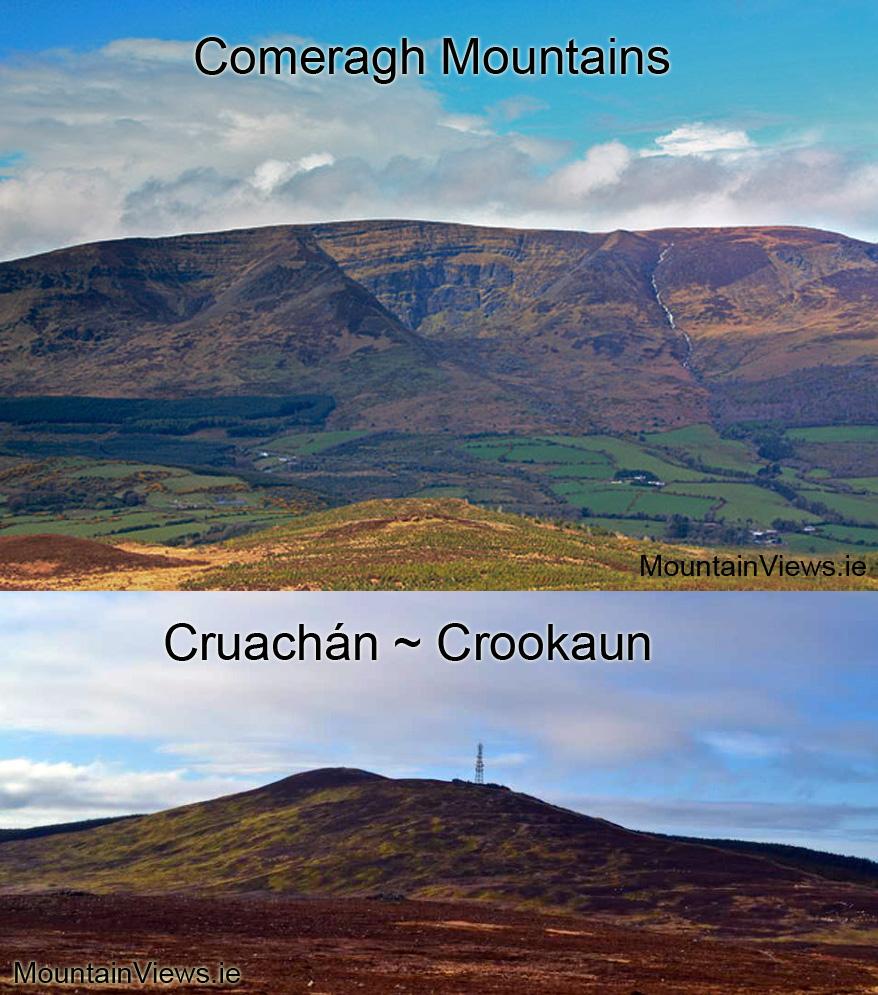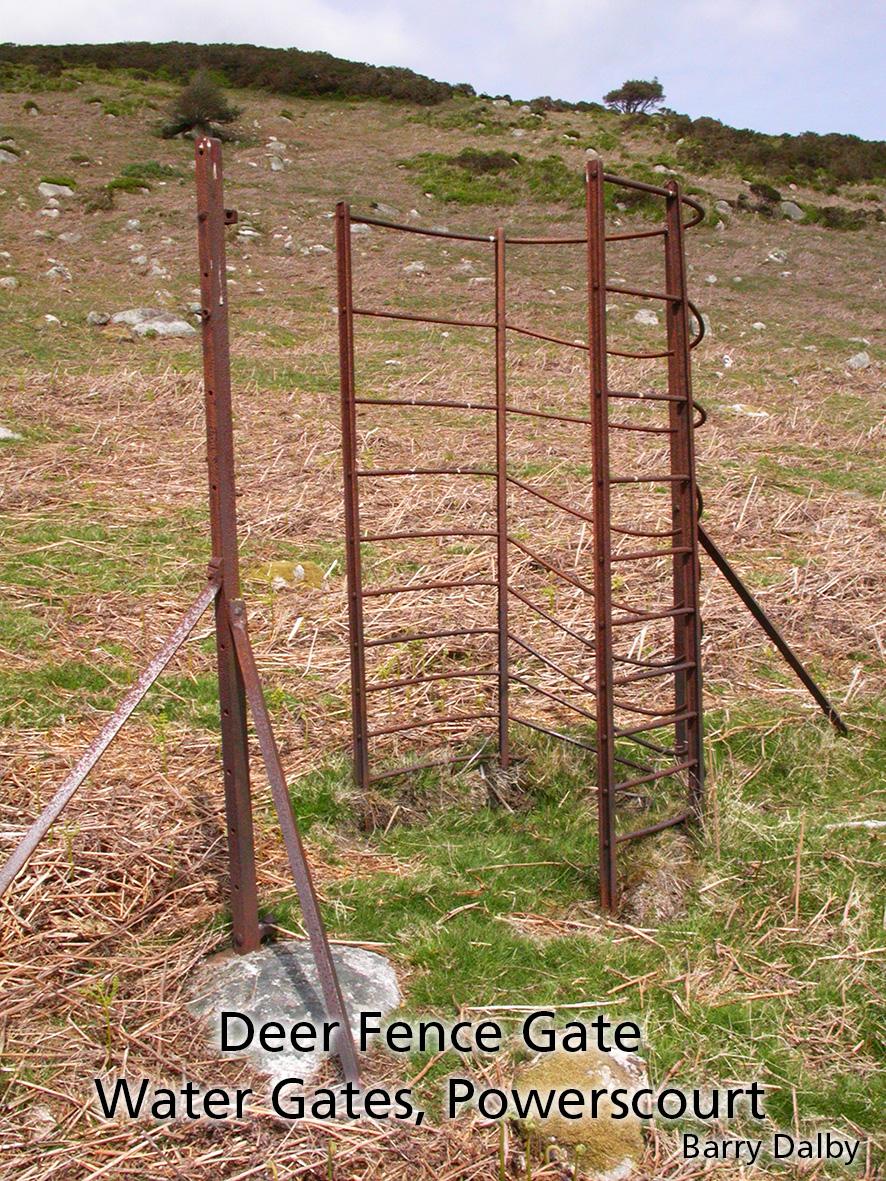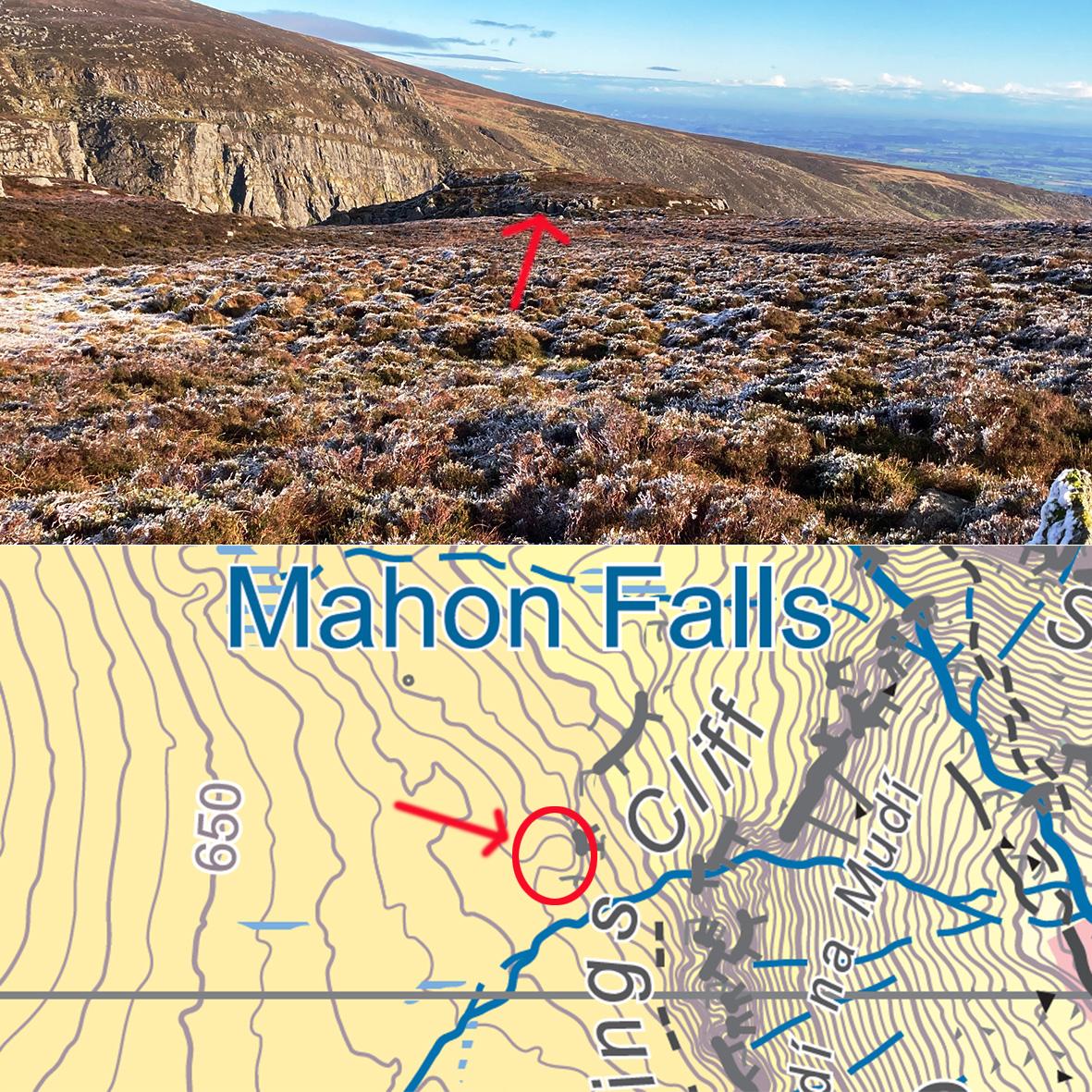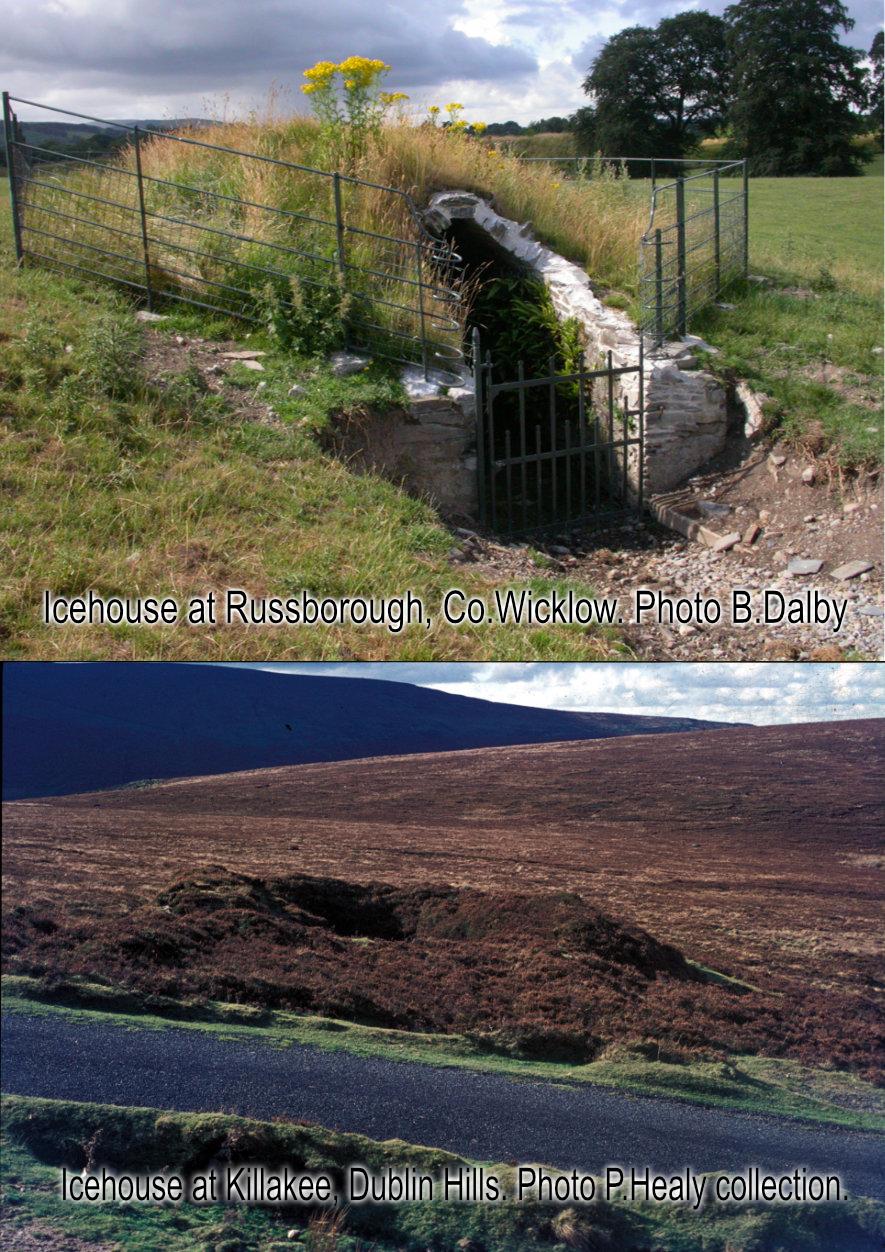Comeragh Placenames Part 1
The name Comeragh or Cummeragh seems to be associated with these hills and region for at least a couple of centuries and more. Charles Smith writing in 1774 describes the ‘mountains of Cummeragh’ and there are similar references in other texts over the following years. Canon Power’s view was that the name derives from the Irish, Cumarach – a place abounding in hollows or river confluences. There is such a word ‘cumar’ or ‘comar’ meaning a ravine or gully. As far as I can deduce, the exact original meaning is uncertain. It possibly derives from the many coms or coums that characterise the hill slopes. However we may also note that there is a distinctive valley area and townland called Comeragh and this valley is notable for the several gullied streams that flow down and coalesce to form the River Tay. So it’s possible that it’s this valley of streams that gave rise to the name which was then transferred to the hills or that its original understanding was related to the coms.
I’ve dealt with the name Monavullagh Mountains in another piece, but suffice to say that it more appropriately describes particular places on these hills rather than an overall name.
The general line of travel between Waterford & Cork is along the coastal strip and early descriptions often refer to the hill of Crookane en route to Dungarvan. Crookaun, Cruachán means the little stack; this conical hill is somewhat emasculated now by forest planting and a large communications mast but was clearly a notable feature when viewed from the coast in days of yore. Canon Power advises that it was more properly known as Cruachán Deireadh (the southern Cruachán) to distinguish it from the isolated hill of the same name a little east of the main range of hills.
Between Crookaun and The Pike, a spur runs out to a low hill called Maoilín, the little bald or bare hill. North of Crookaun, we arrive in the Maum gap where a road (the Mauma Road) crosses over from Glendalligan towards Kilbrien. Words like mamma, mam, mammy, mom, mammal etc. are found in several European languages and come from the Latin word ‘mamma’ meaning a breast, pap or teat etc. In Irish the word is found as ‘mama’ or ‘mam’ meaning above whilst ‘mám’ said like ‘maum’ or ‘maam’ is often used for a mountain pass. In the latter case, the meaning is closely related as it’s the cleavage between the breasts that gives rise to the use for saddles or passes between hills.




